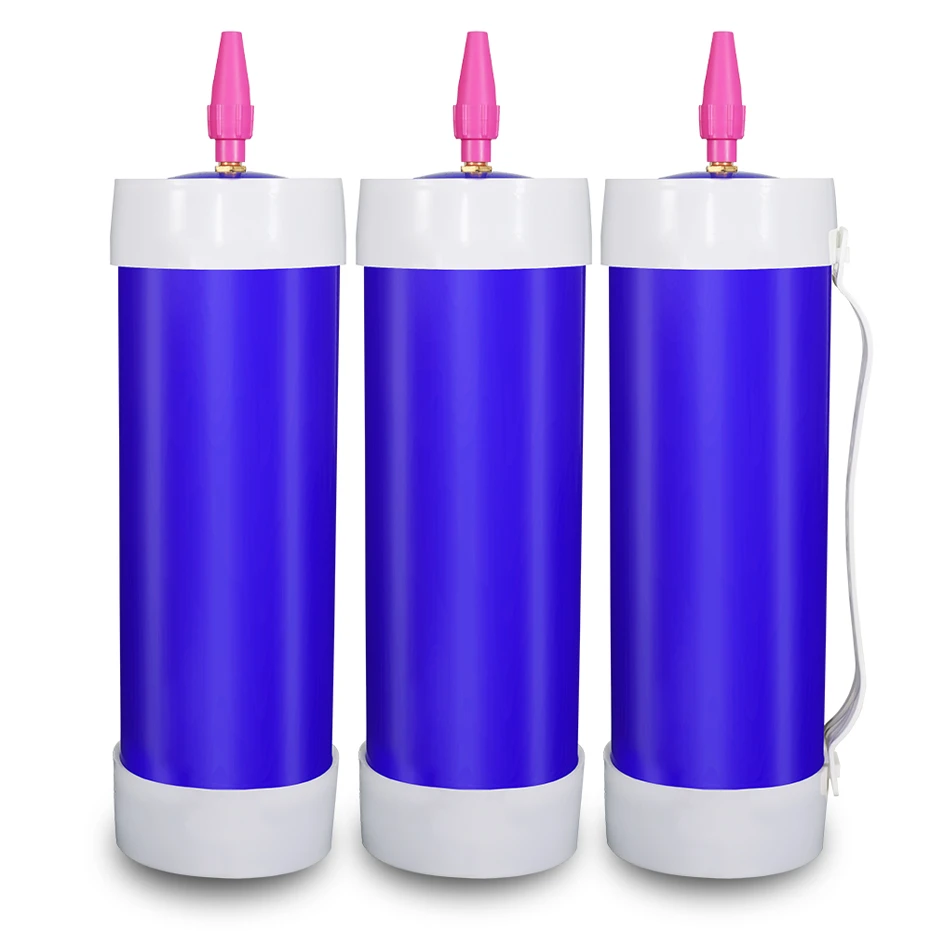
Switching from traditional pressurized whipped cream canisters to on-demand nitrous oxide delivers multiple advantages for busy kitchens. Benefits include: Superior Quality – Nitrous-infused whipped ingredients maintain ultra-fine bubble structure far longer than store-bought canisters. This creates smoother textures and purer flavors. Greater Control – Siphons allow custom flavors, textures and perfect portioning per order compared to wasteful pressurized cans. Nitrous chargers deliver consistent results every time, too. Cost Savings – Though the initial investment is higher, using reusable siphons and interchangeable nitrous cartridges costs significantly less over time than cans. There's no messy refilling/recharging either. Increased Food Safety – On-site charging prevents bacterial contamination risks of storing premixed whipped cream. Sanitizing siphons after each use further reduces risks. Sustainability – Reusable stainless steel siphons and recyclable nitrous steel cylinders produce far less packaging waste than disposable cans and plastic whipped cream chargers.
